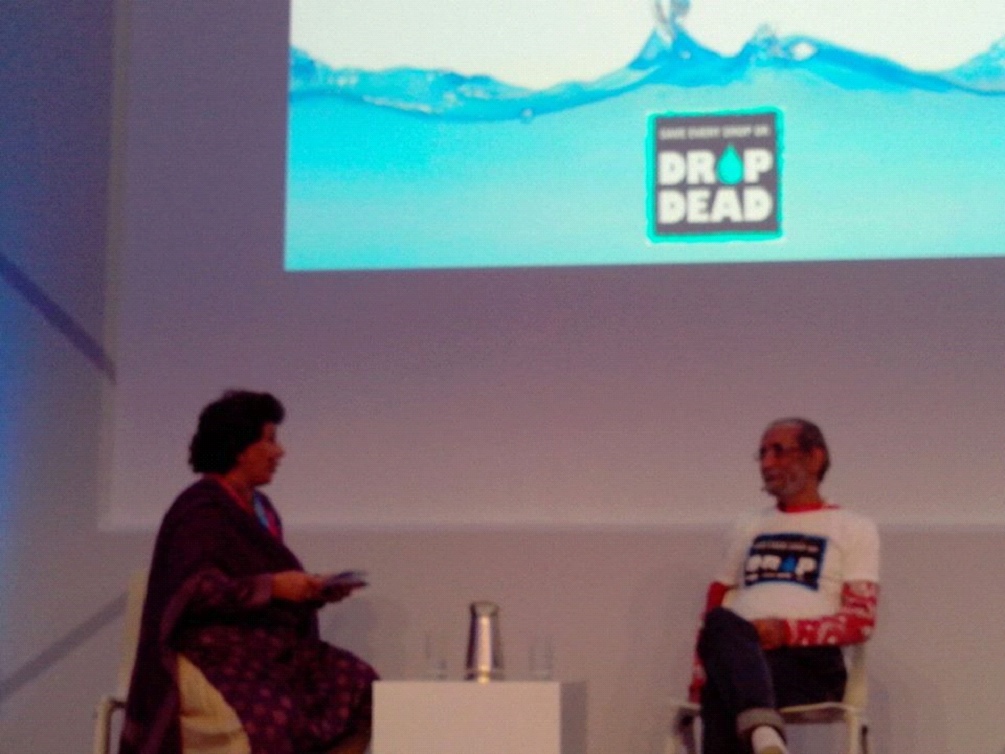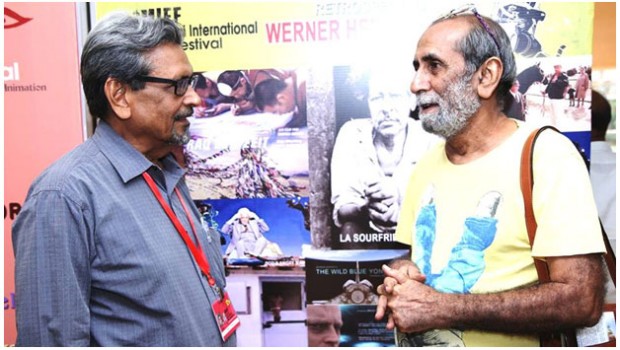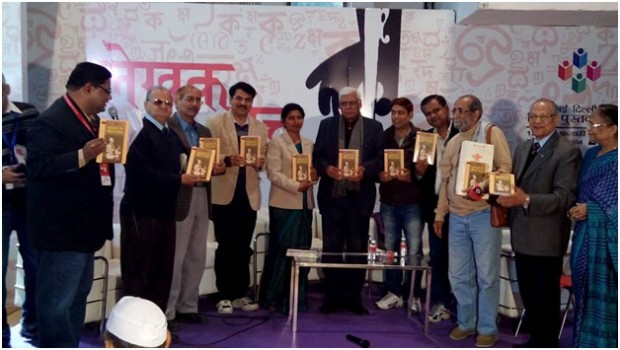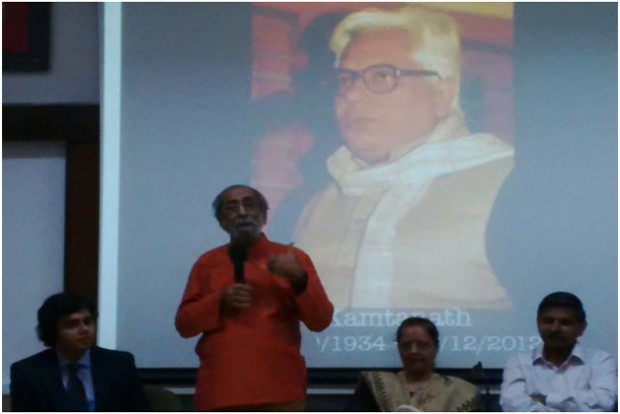Creator Space : BASF a Germany based global company is out to connect people and ideas on water conservation etc in six locations worldwide through a platform called the Creator Space to celebrate its 150th year. The first stop was Mumbai. On the opening day (16th Jan 2015), with the help of Power Point,...
Amazing Mumbaikar Award
Amazing Mumbaikar Award 15th March 2014 “It was indeed an honor to felicitate you among others with an ‘Amazing Mumbaikar Award’ and your presences made us feel proud. Your achievements which were projected through the video left the members spellbound and which was explicitly seen when all the awardees together were given a standing ovation. “Rotarians...
Short Film Festivals in Mumbai
Amrit my Golden Jubilee friend, philosopher, movie maker, film jury member etc etc, who met me at Short Film Festival Mumbai, organised by Films Division… 7th March 2014...
World Book Fair: 2014
Dr. Vijay Indu’s book release function at World Book Fair :Lalitya Lalit, Om Nishchal, Harish Arora, Priyanka Mishra, Divik Ramesh and Giriraj Sharan Agrawal Children’s interaction with Author – Illustrator Aabid Surti has been scheduled in Theme Pavilion from 6.00 to 7.30 pm on 16th Feb at New Delhi World Book Fair 2014...
An evening in memory of Shri Kamtanath the master story teller
At the house packed screening of a classic short film “Saari Raat” Directed/acted by Parimal Alok with Paru Gambhir at Press Club Mumbai, on Friday 24th Jan 2014, with Sudha Arora, R.K. Paliwal, Devmani Pandey, Dolly Thakore, Baljeet Kumar Lall and other luminaries like Geeta Dass, Jain Kamal etc. This half an hour film...





